The NEC contains the minimum requirements for electrical installations to ensure they are essentially free from hazards. Compliance with the NEC rules means meeting minimum safety requirements established by qualified technical committees that respond to compelling reasons (substantiation) that result in the minimum requirements. So why would any jurisdiction delete requirements that are already minimum requirements for safety? The NEC is the minimum, meaning we must do at least that much to ensure electrical safety.
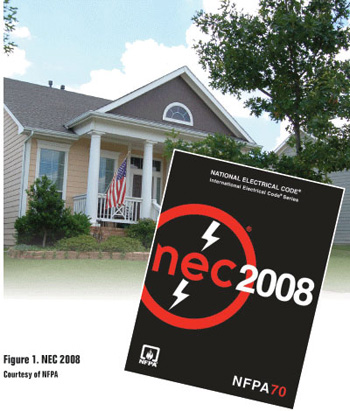
Figure 1
This article provides a subtle message to jurisdictions that routinely adopt and enforce the NEC. History has proven that rules in the Code are born from evidence that clearly demonstrates a need to reduce risk of electrical fire and injuries to persons. The NEC development process is the most comprehensive in the world, and is one that includes everyone in an open consensus process. Everyone can participate. It is no wonder or surprise that the NEC is the most complete set of requirements. Following the rules in adopted codes and standards results in reduced fires, electrical injuries, and death.
This is a proven fact; the data speaks for itself.
New Requirements for Safety
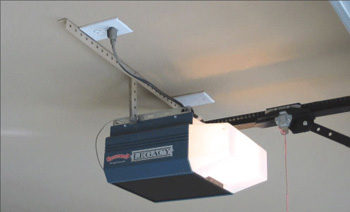
Photo 1. GFCI protection is expanded to more areas in dwelling units and in other-than-dwelling units.
As new requirements emerge in the Code, there also lurks an undeniable uneasiness. There are groups that will lobby to reject adopting the latest edition of the NEC for reasons related to cost. As safety requirements change, so does the cost of doing business. Those who delay keeping up with the current requirements are taking risks. The NEC rules are developed to protect persons and property. If consumers were made aware of Code rules that would protect their families and property from fire risks and electric shock and electrocution hazards, their response undoubtedly would be in favor of such rules.
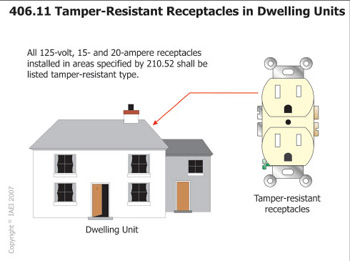
Figure 2. Section 406.11 requires tamper-resistant receptacles in dwelling units
The 2008 NEC development process is complete and three significant changes that improve safety for property and people have been added to the Code. The requirements for ground-fault circuit-interrupter protection have been expanded, arc-fault circuit-interrupter protection has been expanded, and tamper-resistant receptacles in areas specified by NEC 210.52 have resulted in shock protection for unsuspecting children [See NEC 210.8(A)(2) and (5), 210.12(B), and 406.11]. These three changes have the positive effects of improving safety in dwelling units, yet some groups are apparently opposed to these safety improvements. What does the consumer want? What does the consumer deserve? How significant is the additional cost? The appropriate and responsible responses to these questions are, the consumer deserves the benefit of the latest safety features in electrical systems and the cost is insignificant when compared to the benefit.
What About Operating Below the Minimum?
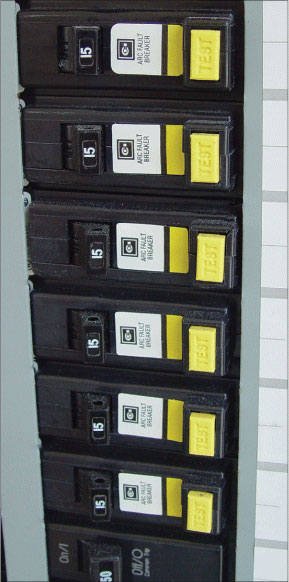
Photo 2. Arc-fault circuit-interrupter protection is expanded to most areas of dwelling units [see 210.12(B)
What is the risk of operating below the minimum requirements for safety? The biggest risk is right in the home—the risk to families and property. Property fires and electrical shock hazards are immeasurable risks. Risk management departments of any adopting jurisdiction can assist jurisdictions with answers to these questions. Step back from this article for a moment and ask yourself this question: If you could protect your home from electrical fire risks and protect your children from electric shock, would you do so, or would your reaction be, it is not worth the cost? If you were like most, the reaction would be in support of this protection, not against it. Yet there are apparently those who intend to lobby jurisdictions against adoption of minimum NEC requirements that provide such protection. What is wrong with this picture? Has society become so bold and so complacent that they have lost sight of what is really important? Perhaps yes, in some circles.
Why Is It Safe?
Once minimum requirements for safety are established, should they be allowed to be compromised? Let’s look at some safety requirements outside the electrical field to address this question. When minimum safety requirements for motor vehicles, such as seat belts and air bags, became requirements, did car manufacturers choose to build vehicles without them, just to save cost? The answer is no because these are minimum requirements for personnel safety. These are now mandated by the federal government, for safety. When laws are established by the federal government or states, can they be deleted because of additional cost? The answer is no, because these are the minimum requirements of the law. It is interesting to note that when safety belts and features for motor vehicles first were available as an option, many did not include them in their purchases.
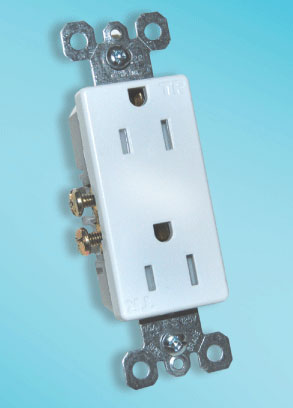
Photo 3. Tamper-resistant receptacles (Courtesy of Pass and Seymour Legrand)
When they became mandatory, the public embraced them. When FDA laws are established that regulate the food and drugs, can producers of food and drugs choose to ignore these rules? This author thinks not. The world as we know it is a safer place because of minimum requirements such as these. This begs the question about the minimum requirements in the NEC and other codes. Should requirements related to safety of persons and property be compromised by deleting them? The answer is no, because these are the minimum safety requirements that have been established by technical experts through consensus. Deleting them from the Code is irresponsible and results in liability risks for contractors and jurisdictions as well as safety risks for persons and property. This type of action is usually not defendable by legal means. It is a risk to compromise minimum safety requirements established by technical experts in response to demonstrated needs to improve electrical safety.
Modifications to the NEC Requirements
There are circumstances and conditions that warrant modifications to the minimum requirements in the Code. However, these modifications are typically more restrictive than the minimum and justifiable by reasons other than cost. Usually jurisdictions have to modify the NEC because of conditions unique to geographical location or for other reasons. For example, in some areas of the country, ferrous metal is not suitable for burial in the earth because the soil has a severe corrosive effect on the metal, even when protected. This type of condition results in additional considerations of the minimum requirements in 300.6 and 250.52(A)(5)(b) where ¾ inch steel pipe that is not less than 8 ft long could be used as a grounding electrode. In these cases, the minimum requirements of the NEC need to be modified based on these special corrosion challenges. The point being made here is that in some cases, it is necessary for the minimum requirements in the Code to be modified or amended, but it is usually done to be more restrictive and for justifiable and defendable reasons.
Cost of Doing Business
When construction materials increase in cost, is the increase passed on to consumers? When construction materials decrease in cost, is the decrease passed on to consumers? When Code requirements change, such as structural, plumbing, mechanical, or electrical requirements, can buildings be constructed without incorporating these changes? The answer is yes, this can happen and it does, too often. Is this the right approach and one that is in the best interest of the usually unsuspecting consumer? The answer is no. Those organizations that are proficient and proactive in business know exactly how to stay current with the most recent requirements that ultimately affect consumers. They understand the risks. There are responsibilities that go hand-in-hand with doing business, and keeping up with current safety requirements is just one of those responsibilities. Passing along the cost to customers is one of the basics of business, yet some find this difficult, even when it means doing the right thing. It is all about doing the right thing for protection of consumers.
Economic Development
The competition among communities for new business is intense. Many states, cities, counties and so forth are competing for businesses to choose their jurisdiction. There are usually incentives offered to convince businesses of the benefits of locating to their jurisdiction. Some of the important considerations are never conveyed to these big businesses, such as how the jurisdiction adheres to the latest codes and standards when buildings are constructed. This obvious benefit to owners and a definite sales feature for economic development teams is rarely discussed. As economic development teams provide incentives for big businesses to locate in their areas, the methods by which a jurisdiction does business and provides safety for society should be one of their stronger sales features. Jurisdictions that adopt and comply with the latest codes and standards have an advantage, because they have the interests of the consumer first. Economic development groups expect that the latest safety requirements are included in the incentives they offer to attract businesses to build and develop their jurisdictions. Inspection jurisdictions can make the process painless by being proactive. Inspectors should meet with businesses early to establish strong relationships in the construction and development processes.
Summary
The NEC contains the minimum electrical safety rules. To ensure electrical installations that are essentially free from fire and shock hazards, one must do at least as much as is required by the NEC. Adopting and enforcing the requirements of any safety code is a difficult task and one that results in safety for persons and property. The NEC-2008 experienced additional GFCI requirements and AFCI requirements for increased protection of persons and property. New rules requiring tamper-resistant receptacles in dwelling units provide additional protection for children. These improvements in electrical safety in dwellings result from new rules that resulted from meaningful response of technical experts that demonstrated the needs for safety improvements. Efforts to circumvent these requirements are underway and should be carefully considered as jurisdictions move forward with their Code adoption processes. There are risks in operating below the established minimum electrical safety requirements. We read about these risks and learn about them every day, through unpleasant statistics. The minimum requirements for electrical safety are compromised when local modifications to those rules lessen them by deleting certain rules selectively. There needs to be justifiable reasons to lessen the requirements of an already established minimum. The consumer deserves responsible leadership that has their interests in the forefront, rather than special interests that are not safety driven.










Find Us on Socials